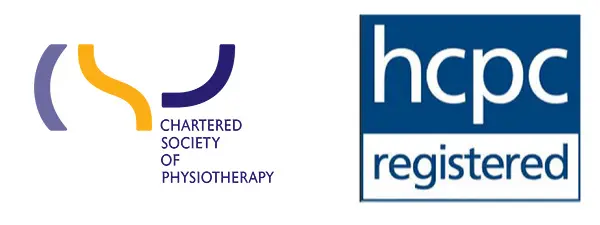The experts in Ultrasound Guided Injections
HomePhysio247 is an independent clinic specialising in Ultrasound-Guided Steroid Injections and Hyaluronic Acid Injections to effectively treat a wide range of musculoskeletal conditions.
Carpal tunnel syndrome
Introduction: Carpal Tunnel Syndrome (CTS) is a common condition that affects the hand and wrist, causing pain, numbness, and tingling. If you or a loved one is dealing with CTS, it’s essential to understand the condition and available treatment options. This webpage will provide you with valuable information on Carpal Tunnel Syndrome and various treatment approaches.
What is Carpal Tunnel Syndrome? Carpal Tunnel Syndrome is a medical condition that occurs when the median nerve, which runs from the forearm into the hand, becomes compressed or pinched as it passes through the carpal tunnel in the wrist. This compression can lead to a range of symptoms, including:
- Pain and discomfort in the hand and wrist.
- Numbness or tingling in the fingers, particularly the thumb, index, middle, and ring fingers.
- Weakness in the hand, making it difficult to grip objects or perform fine motor tasks.

Common Causes of CTS:
- Repetitive hand and wrist movements, often related to work or hobbies.
- Medical conditions like diabetes, arthritis, and thyroid disorders.
- Pregnancy, which can lead to fluid retention and increased pressure on the median nerve.
Treatment Options for Carpal Tunnel Syndrome: Effective treatment for CTS depends on the severity of the condition. Here are some common approaches to managing Carpal Tunnel Syndrome:
- Conservative Treatments:
- Wrist Splints: Wearing a wrist splint at night can help keep the wrist in a neutral position, reducing pressure on the median nerve.
- Physiotherapy: Targeted exercises and stretches can improve wrist strength and flexibility.
- Lifestyle Modifications: Ergonomic changes in the workplace and daily activities can alleviate symptoms.
- Medications:
- Non-Steroidal Anti-Inflammatory Drugs (NSAIDs): Over-the-counter NSAIDs can help reduce pain and inflammation
- Ultrasound-Guided Injections:
- Advanced clinics offer ultrasound-guided injections for precise delivery of corticosteroids to the affected area, reducing inflammation.
- Surgery (Carpal Tunnel Release):
- For severe cases or when conservative treatments fail, carpal tunnel release surgery may be recommended to relieve pressure on the median nerve.
Prevention and Self-Care:
- Take regular breaks if your work involves repetitive hand motions.
- Maintain good wrist posture.
- Perform wrist stretches and exercises regularly.
- Manage underlying medical conditions like diabetes and arthritis.
Conclusion: Carpal Tunnel Syndrome is a treatable condition, and there are various options available to alleviate its symptoms and improve your quality of life. If you suspect you have CTS or are seeking treatment, come and see us in Homephysio247 for a proper diagnosis and personalised treatment plan. With the right approach, you can find relief from CTS and regain function in your hand and wrist.
Contact information
To book an appointment or for more information


